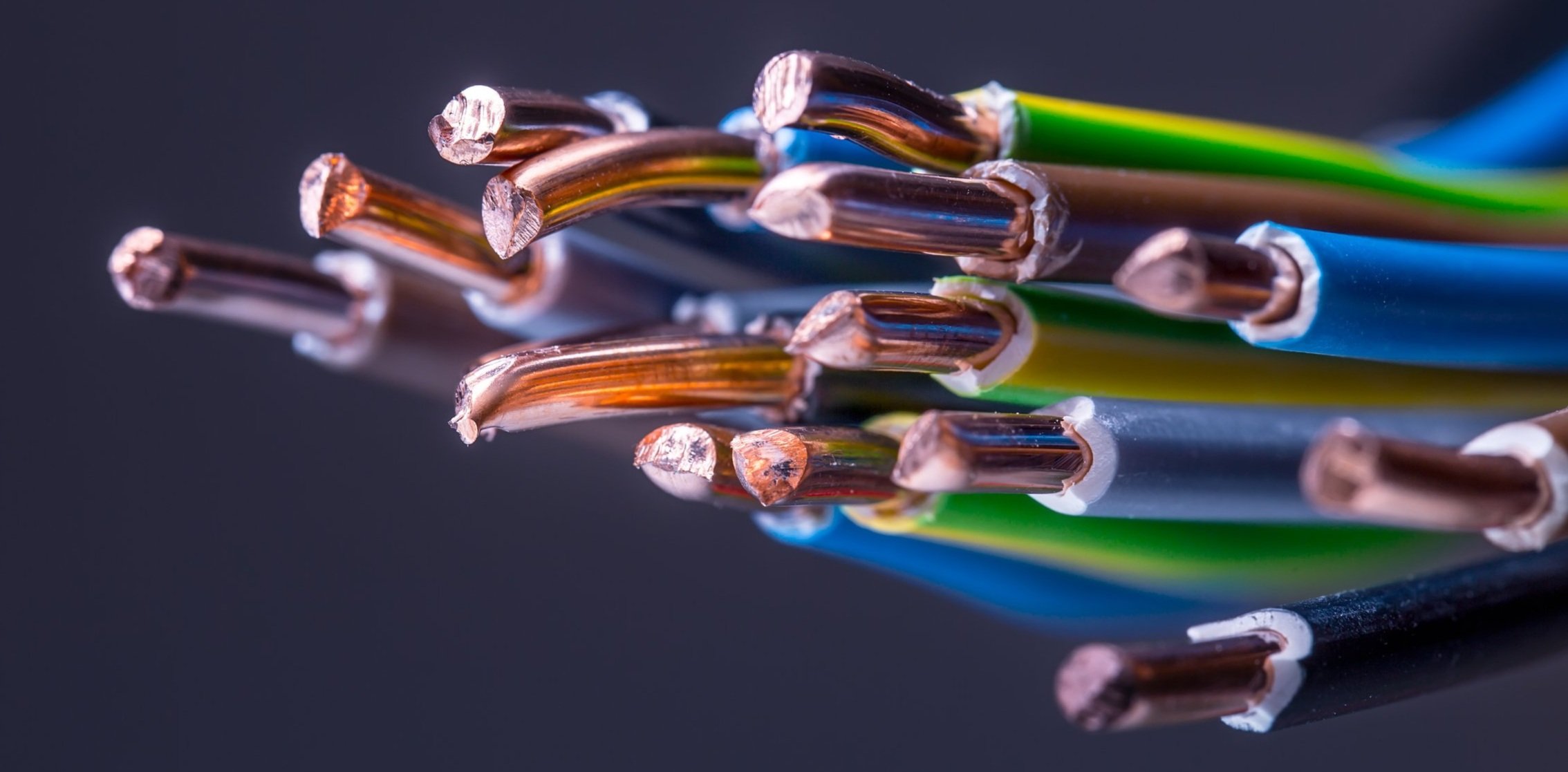Understanding the Electrical Wire Color Code: A Comprehensive NEC Overview
Electrical systems are a testament to human ingenuity and the advances of modern engineering. At the core of these systems are the distinct electrical wire colors. These aren't just for show; they are integral to the safety, functionality, and efficiency of the entire electrical framework. This content hub delves deep into the world of wire color codes, emphasizing their significance as outlined by the National Electrical Code (NEC). We'll break down the wire color code system in a way that's easy to grasp and show you why it matters for your safety and the efficiency of your electrical setup.
The Significance of Wire Color Code
The NEC, recognizing the importance of standardization, has meticulously defined electrical wire colors to ensure consistency, safety, and clarity in all electrical installations.
Safety First: The wire color code, as prescribed by the NEC, is a proactive measure to mitigate risks such as electrical shocks, short circuits, and potential fires. By differentiating wires based on their function, it reduces the chance of errors during installation and maintenance.
Optimal Performance: Systems that adhere to the NEC's color guidelines ensure that devices and appliances function at their peak efficiency. This not only conserves energy but also prolongs the lifespan of the devices.
Ease of Maintenance: For electricians and technicians, color-coded wires are like a roadmap. They simplify the diagnosis, repair, and upgrade processes, ensuring quicker resolutions and less downtime.
Decoding the Electrical Wire Colors According to NEC
Black: This is the workhorse of electrical systems. The NEC designates black as the primary hot or live wire, responsible for transporting electricity from its source to a device.
Red: A secondary live wire, especially crucial in systems with multiple components. It often works in tandem with the black wire in 220-volt installations.
White or Gray: Neutral wires are the unsung heroes of any electrical system. They complete the electrical circuit, allowing electricity to return safely to its source.
Green or Bare Copper: These are the guardians of electrical systems. Ground wires direct any surplus electricity, or faults, safely into the earth, protecting both people and devices.
Blue or Yellow: While not explicitly defined by the NEC, these colors have found their roles in more complex setups, often serving as hot wires or travelers in three-way switches.
Risks of Misinterpreting Electrical Wire Colors
Misunderstanding or neglecting the wire color code can have dire consequences:
Electrical Shocks: A single misconnected wire can turn a harmless device into a potential hazard, exposing users to dangerous electrical currents.
Fire Hazards: Incorrectly wired systems can lead to overheating, short circuits, or sparks. These can ignite surrounding materials, leading to devastating fires.
Device Issues: Modern devices are sensitive. They rely on the correct flow of electricity. A miswired outlet can not only impair their function but can also cause irreversible damage.
Navigating Unique Situations
Electrical systems are not always straightforward. There are scenarios where standard practices might not apply:
Switch Loops: In specific configurations, the NEC allows white wires to function as hot wires. However, to avoid confusion, they should be marked with black or red tape at both ends.
Historical Infrastructure: Older homes, built before the advent of modern codes, might have unique wiring practices. It's essential to approach them with caution and consider rewiring to meet current standards.
International Standards: Electrical practices vary globally. The NEC is a U.S. guideline, but other countries have their codes. For instance, in Australia, a combination of brown, blue, and green/yellow is used.
The Need for Routine Electrical Inspections
Regular electrical audits are not just recommended; they are essential:
Safety Assurance: Over time, wires can degrade, connections can loosen, and devices can malfunction. Regular checks can preemptively identify these issues, ensuring the safety of inhabitants.
Enhanced Efficiency: An audit can reveal power wastage, leading to potential energy savings. It can also identify areas for upgrades, ensuring the system remains modern and efficient.
Preparing for the Future: As homes become smarter and more connected, the demands on electrical systems grow. Regular audits ensure that homes are ready for the future, equipped to handle new devices and technologies.
Conclusion
The intricate world of electrical wire colors is a blend of art and science. The NEC, with its comprehensive guidelines, ensures that this blend results in safe, efficient, and durable electrical systems. When in doubt or facing challenges, always turn to the NEC or seek expert advice. Professionals like Electrician Denver are equipped with the knowledge of the wire color code and are ready to assist. They stand as your best allies in navigating the electrifying world of wires and circuits, ensuring you achieve optimal and safe outcomes.

